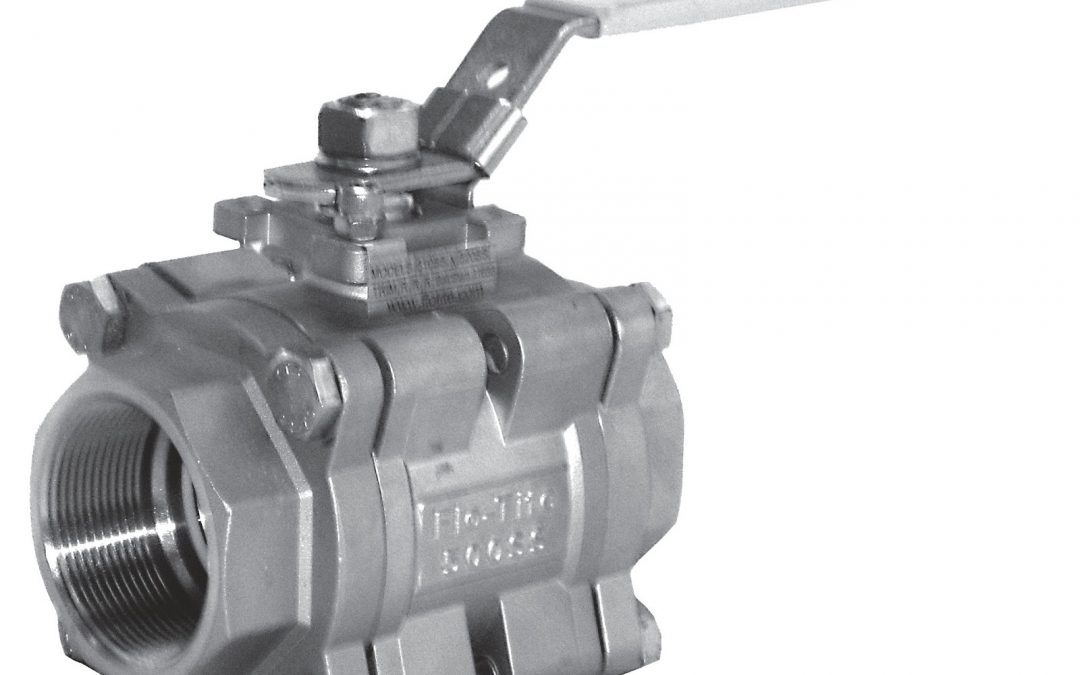The majority of ball valves are provided with one of several elastomeric materials forming a soft seat between the trim, or ball, and the valve body. With the balance of the valve assembly in contact with the media likely to be metal (unless, of course, it is a plastic valve), the soft seat, because of its properties and location, tends to experience wear and tear and be a common cause for repair or valve performance deterioration.
In fluid process control applications where the media conditions may not, at first glance, warrant the use of a metal seated valve, there may be long-term returns to be gained from the added cost of metal seats. The factors that create wear and degradation of soft seats are generally better tolerated by metal seats. Process downtime or man-hours for repair have a cost, so avoiding or reducing the occurrences of repair or maintenance provides a return on the additional expenditure for a metal seated valve that can provide a longer service life.
Many commonly available ball valves are also available with metal seats as an option, or metal seated variants are offered as uniquely identified products. Whatever the case, consider hardening your valve selections with metal seated valves. There are instances where they are well suited to the application and will offer a return on the additional cost.
Share your fluid process control challenges with a valve specialist, combining your own process knowledge with their product application expertise to develop effective solutions.
